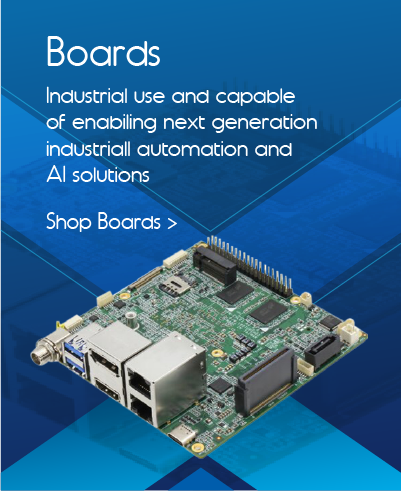Originally posted by starshipeleven
View Post
UP Core 1GB DDR3 + 16 GB eMMC is only $89. Their GPUs are cut-down versions of the same ones in Intel desktop products, so driver support should be good.



Comment